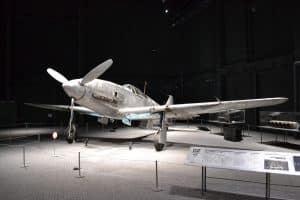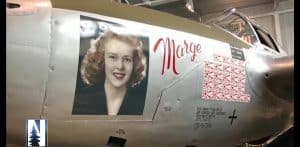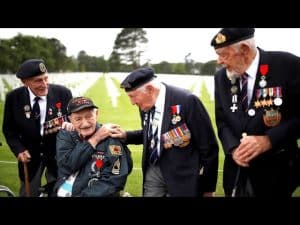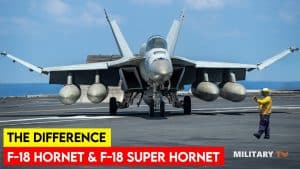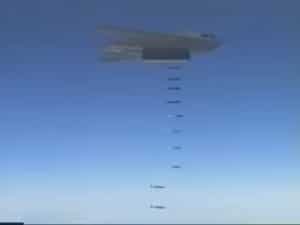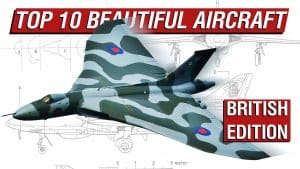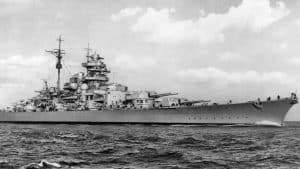What Made The P-51 Mustang So Special?
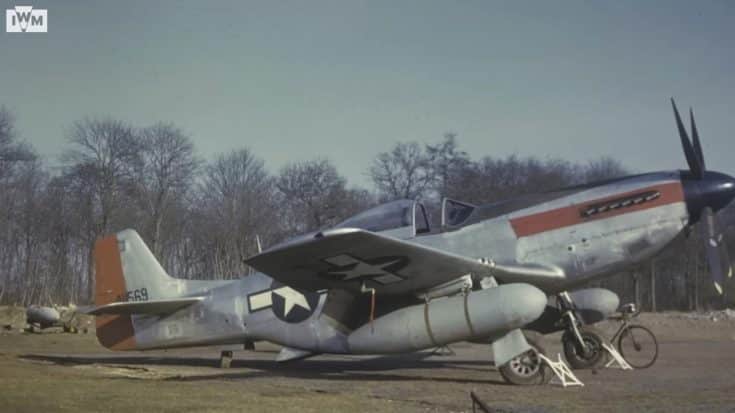
YouTube / Imperial War Museums
With the addition of the Rolls-Royce Merlin engine, the P-51 was a superlative airplane. It enabled it to fly and fight up to 35,000 feet way above what the Allison engine could have done.
Several Features
The idea behind this was to build a fighter that could fly up to 400 miles per hour in level flight and get to Berlin and back with its own fuel. As a result, there’s fuel in the wings, fuel underneath the drop tanks, and an auxiliary tank behind the pilot seat.

Other Features
Another unique feature of the Mustang is the low-drag fuselage. Drag in a fighter plane is incredibly important. By taking off the rivets, they would help with the top speed performance by 10 to 15 knots.

The radiator is also quite special. It was called the Meredith Effect after a British scientist. In basic layman’s terms, the air goes in the front, heated by the radiator, and a flap can squeeze what’s coming out the outside causing a bit of propulsion for the Mustang.
Drop Tanks
When the P-51 arrived in Duxford in 1944, drop tanks made out of paper mache could carry the fuel all the way.
If they could see the Luftwaffe coming to attack the bombing formations, all the Mustangs needed to do was drop their drop tanks and get into battle. The Mustangs, with their drop tanks, could fly and fight to Berlin and back again. Towards the end of the war, the Allies held air superiority, and the Mustangs played a key part in that battle.
Fiercely Well-Armed
The jet was also well-armed with six 50-caliber machine guns, three in each wing. A 50-calibre bullet is much bigger than the British round in a Spitfire.

Flying low on the way back from escort duty low and fast, Mustangs would take out targets of opportunity. German staff cars, trains, trucks, narrowboats – nothing was safe from a Mustang.
Better Range
In most cases, the Mustang started to replace British fighters mostly because of its range.

Although some pilots didn’t like it since it didn’t have the rate of climb or as maneuverable as the Spitfire, it had the range and certainly had the comfort.
There’s more space for the pilot in a Mustang cockpit than a Spitfire.













